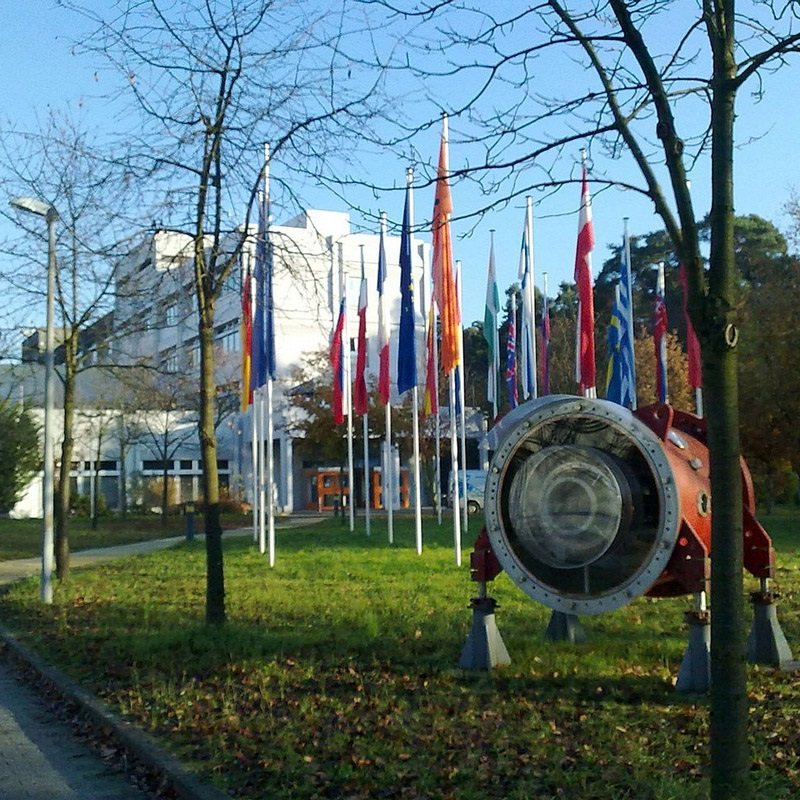Copernicium
112
Cn
Gruppe
12
Periode
7
Blok
d
Protoner
Elektroner
Neutroner
112
112
173
Generelle Egenskaber
Atomnummer
112
Atommasse
[285]
Masseantal
285
Kategori
Overgangsmetaller
Farve
n/a
Radioaktiv
Ja
Named after the astronomer Nicolaus Copernicus
Krystalstruktur
n/a
Historie
Copernicium was first created on February 9, 1996, at the Institute for Heavy Ion Research (Gesellschaft für Schwerionenforschung) in Darmstadt, Germany, by Sigurd Hofmann, Victor Ninov et al.
This element was created by firing accelerated zinc-70 nuclei at a target made of lead-208 nuclei in a heavy ion accelerator.
A single atom of copernicium was produced with a mass number of 277.
This element was created by firing accelerated zinc-70 nuclei at a target made of lead-208 nuclei in a heavy ion accelerator.
A single atom of copernicium was produced with a mass number of 277.
Elektroner i hver skal
2, 8, 18, 32, 32, 18, 2
Elektronkonfiguration
[Rn] 5f14 6d10 7s2
Copernicium has no stable or naturally-occurring isotopes
Fysiske Egenskaber
Tilstandsform
Væske
Massefylde
-
Smeltepunkt
-
Kogepunkt
-
Smeltevarme
n/a
Fordampningsvarme
n/a
Varmefylde
-
Forekomst i jordskorpen
n/a
Forekomst i universet
n/a

Billede akkrediteringer: Wikimedia Commons (Commander-pirx)
The element was discovered at the Institute for Heavy Ion Research in Darmstadt, Germany
CAS-nummer
54084-26-3
PubChem CID-nummer
n/a
Atomare egenskaber
Atomradius
-
Kovalent radius
122 pm
Elektronegativitet
-
Ioniseringspotentiale
-
Atomvolumen
-
Varmeledningsevne
-
Oxidationstrin
2, 4
Anvendelser
Copernicium is used for scientific research purposes only.
Copernicium is harmful due to its radioactivity
Isotoper
Stabile isotoper
-Ustabile isotoper
277Cn, 278Cn, 279Cn, 280Cn, 281Cn, 282Cn, 283Cn, 284Cn, 285Cn